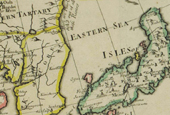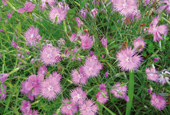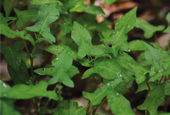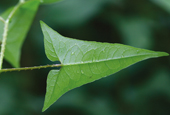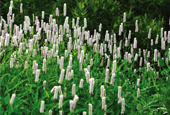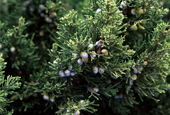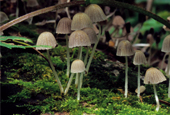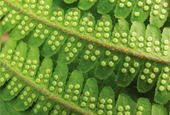Dokdo, a group of rocks and islets constituting the easternmost point of Korea, is home to 11 newly-discovered animal and plant species found for the first time on the islands, including the endangered Euonymous hamiltonianus Wall tree, also known as Hamilton’s spindle. The new discoveries are the result of the ecological monitoring of Dokdo and the examination of genetic material that has been carried out by the Daegu Regional Environmental Office, part of the Ministry of Environment.
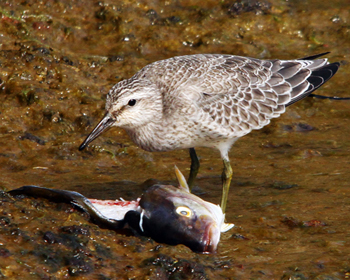 The Daegu-based ecological body found 630 species of flora and fauna on the group of islands during its research from 2005 to 2012. In addition to this, in 2013 it recorded a total of 294 species, including the 11 new additions. This embraces 55 species of plant life, 76 species of bird, including four endangered species, 26 types of insect, 32 species of marine invertebrate and 105 species of marine plant. In sum, Dokdo seems to be inhabited by 641 different types of life.
The Daegu-based ecological body found 630 species of flora and fauna on the group of islands during its research from 2005 to 2012. In addition to this, in 2013 it recorded a total of 294 species, including the 11 new additions. This embraces 55 species of plant life, 76 species of bird, including four endangered species, 26 types of insect, 32 species of marine invertebrate and 105 species of marine plant. In sum, Dokdo seems to be inhabited by 641 different types of life.
Among them are many endangered species. The threatened list includes four animals—Falco peregrines, Accipiter nisus, Strix aluco and Columba janthina—as well as nine birds—Pinicola enucleator, Calidris canutus, Calidris alba, Columba livia domestica, Cuculus saturates, Cettia diphone, Sitta europaea, Corvus frugilegus and Calcarius lapponicus. It also includes the tree Euonymous hamiltonianus Wall and Betasyrphus serarius, a type of fly.
With its years of research and genetic analysis on the plants and animals of Dokdo, the Ministry of Environment has now secured the basic information on all forms of land-based life in an environment some distance from the peninsula. The ministry plans to utilize its research results to develop new species of hybridized plants and to engage in further studies.
Among the gathered genetic information, five species of chloroplast genomes have been registered with the National Center for Biotechnology Information and with the National Institute of Biological Resources for the purposes of reliability and scientifically managing their conservation. The data will soon be open to the academic and industrial world, the ministry added.
Dokdo, located in the middle of the East Sea, has a different environment than the mainland of the Korean Peninsula. For many years, it was assumed that the plants and animals living on Dokdo for many generations varied slightly in terms of appearance or hereditary components. The current research on Dokdo undertaken by the Ministry of Environment is expected to be an opportunity to manage the research results in a more systematic manner.
By Wi Tack-whan, Lee Seung-ah
Korea.net Staff Writers
whan23@korea.kr
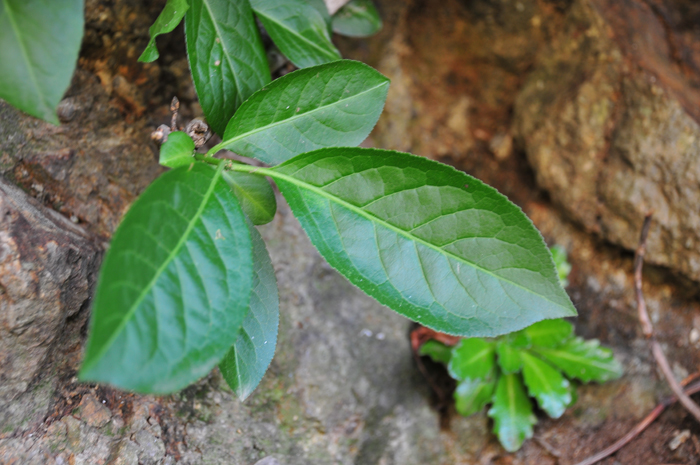
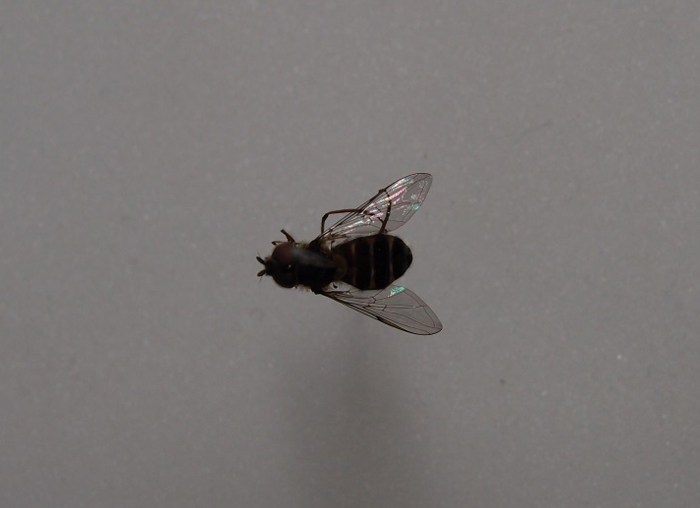
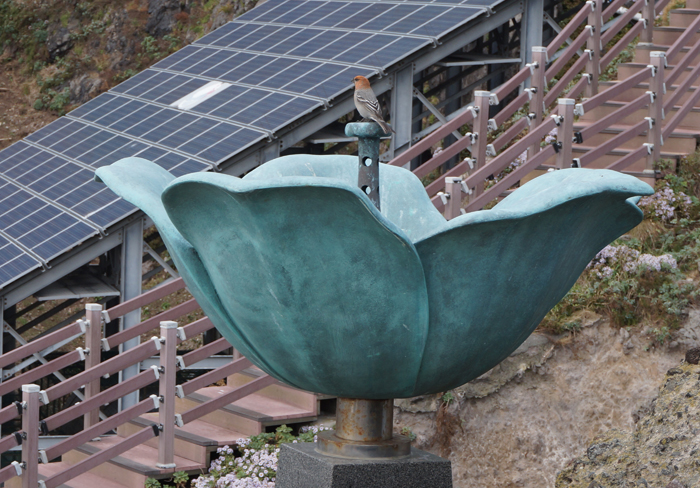
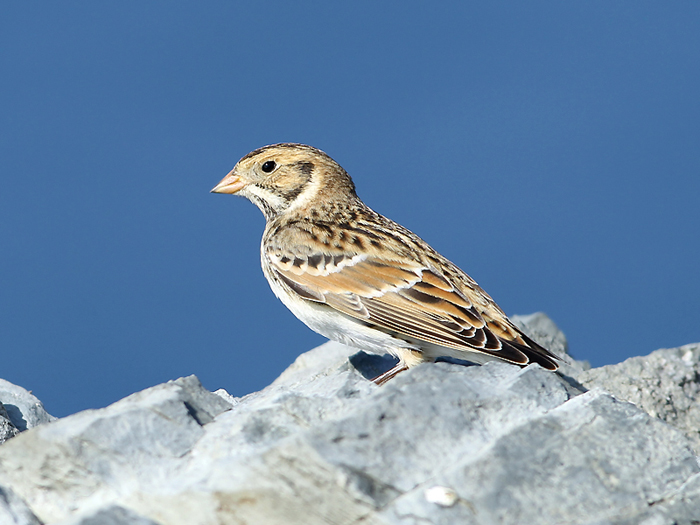
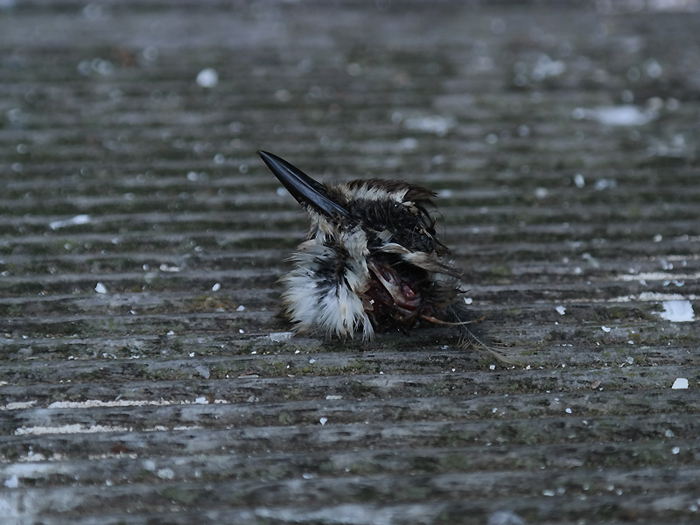
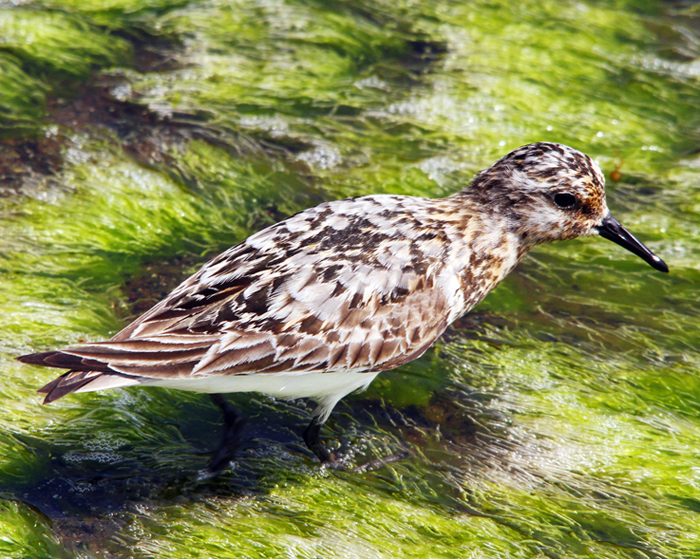
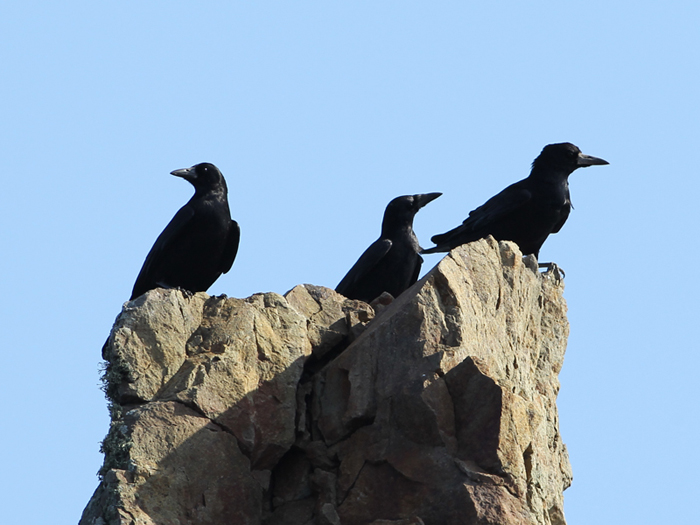
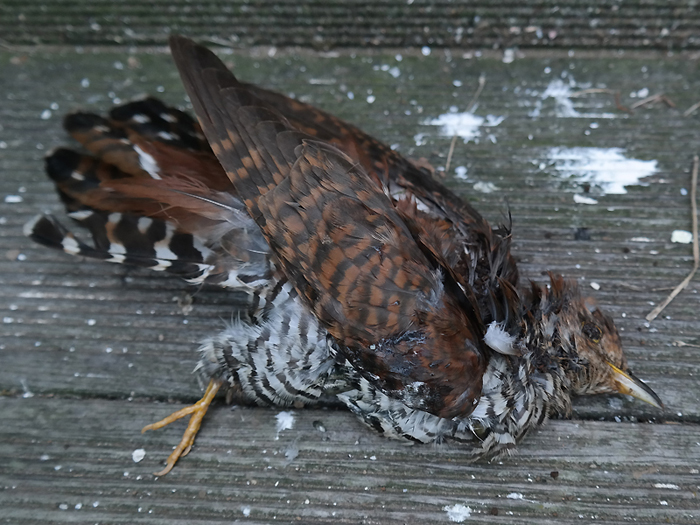
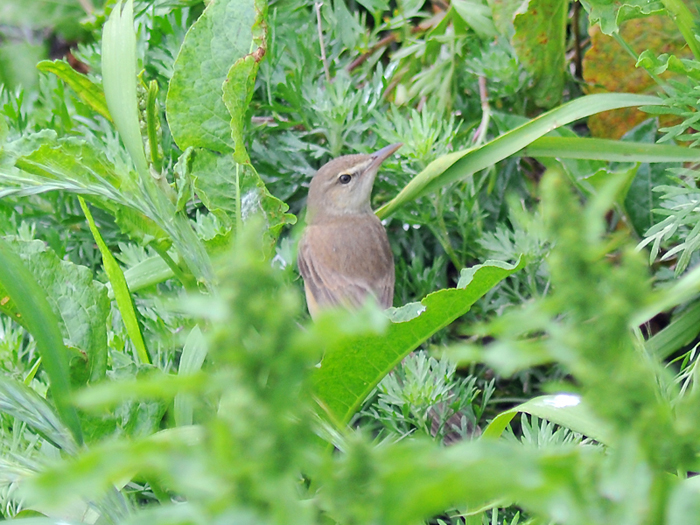


Calidris canutus
Among them are many endangered species. The threatened list includes four animals—Falco peregrines, Accipiter nisus, Strix aluco and Columba janthina—as well as nine birds—Pinicola enucleator, Calidris canutus, Calidris alba, Columba livia domestica, Cuculus saturates, Cettia diphone, Sitta europaea, Corvus frugilegus and Calcarius lapponicus. It also includes the tree Euonymous hamiltonianus Wall and Betasyrphus serarius, a type of fly.
With its years of research and genetic analysis on the plants and animals of Dokdo, the Ministry of Environment has now secured the basic information on all forms of land-based life in an environment some distance from the peninsula. The ministry plans to utilize its research results to develop new species of hybridized plants and to engage in further studies.
Among the gathered genetic information, five species of chloroplast genomes have been registered with the National Center for Biotechnology Information and with the National Institute of Biological Resources for the purposes of reliability and scientifically managing their conservation. The data will soon be open to the academic and industrial world, the ministry added.
Dokdo, located in the middle of the East Sea, has a different environment than the mainland of the Korean Peninsula. For many years, it was assumed that the plants and animals living on Dokdo for many generations varied slightly in terms of appearance or hereditary components. The current research on Dokdo undertaken by the Ministry of Environment is expected to be an opportunity to manage the research results in a more systematic manner.
By Wi Tack-whan, Lee Seung-ah
Korea.net Staff Writers
whan23@korea.kr

Euonymous hamiltonianus Wall

Betasyrphus serarius

Pinicola enucleator

Calcarius lapponicus

Sitta europaea

Calidris alba

Corvus frugilegus

Cuculus saturatus

Cettia diphone

